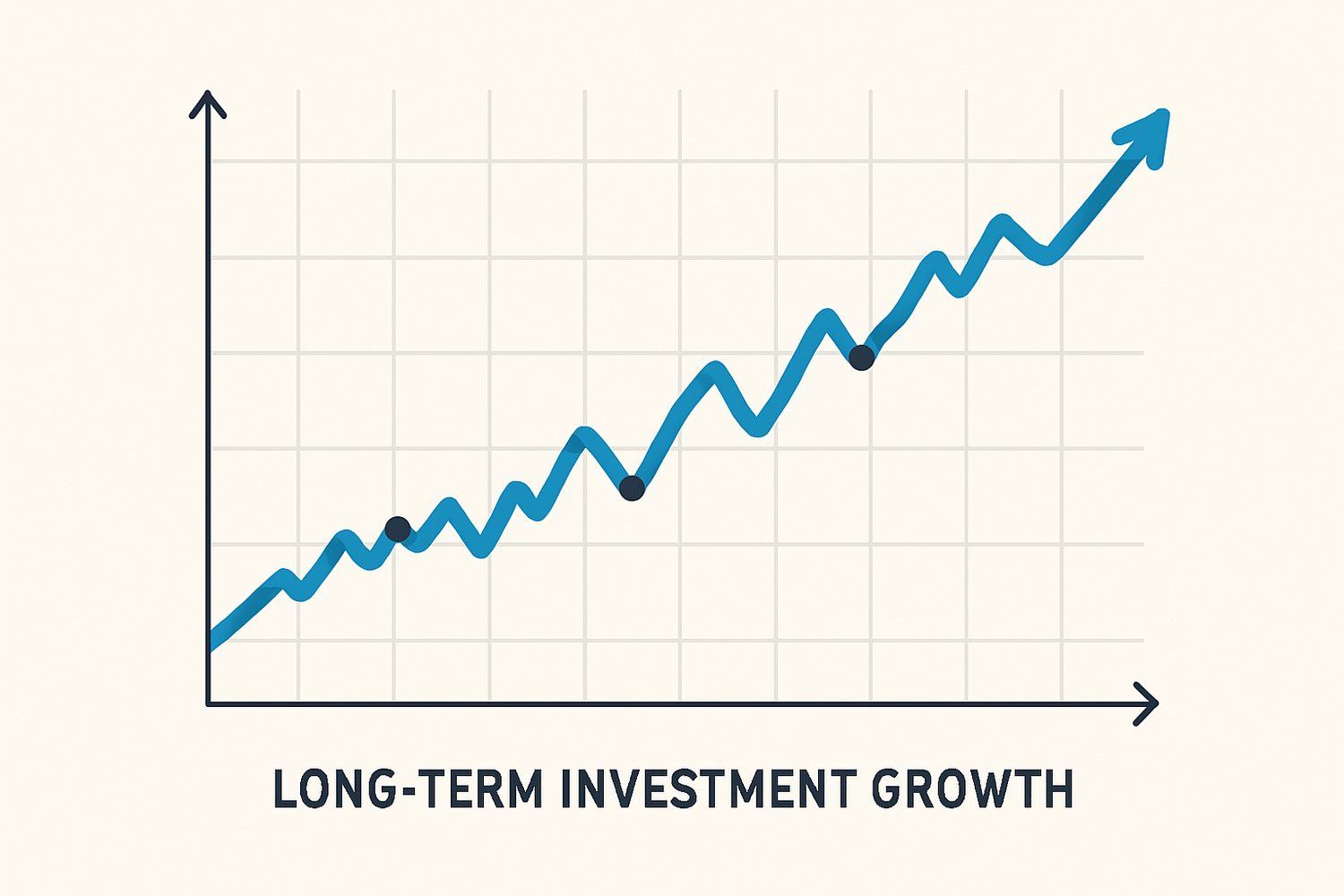Riding the Bull or Dodging the Bear? A Guide to Navigating Market Volatility
The market is in constant flux, swinging between periods of growth (a bull market) and decline (a bear market). These fluctuations, known as volatility, can be unsettling for even the most seasoned investors. However, with the right knowledge and strategies, you can navigate these turbulent times and potentially even use them to your advantage. This guide will provide you with the tools you need to ride the bull, dodge the bear, and make informed decisions to secure your financial future.
Understanding Market Volatility
Market volatility is the rate at which the price of a stock or other security increases or decreases over a given period. High volatility means the price of a security can change dramatically over a short period, while low volatility means the price is relatively stable.
Recent studies have shown that global events and policy changes can have a significant impact on market volatility across international markets. For example, a study of Indian mutual funds demonstrated lower monthly returns and volatility, highlighting how different markets can have varying levels of stability. Understanding the factors that contribute to volatility is the first step in managing your portfolio effectively.
Key Strategies for Navigating Volatility
While it's impossible to predict the market's every move, there are several strategies you can employ to protect your investments and potentially capitalize on market swings.
1. Diversification: Your First Line of Defense

Diversification is a technique that involves spreading your investments across various financial instruments, industries, and geographic regions. The goal is to minimize the impact of a downturn in any single area. For example, while the S&P 500 might be experiencing volatility, international equities or bonds may be performing differently, helping to balance out your portfolio. A well-diversified portfolio is a cornerstone of sound investing and can help you weather the storm during turbulent times.
2. Stay the Course: The Power of Long-Term Investing

It can be tempting to pull your money out of the market when prices start to drop. However, history has shown that markets tend to recover over time. Staying invested allows you to benefit from the eventual upswing and avoids the risk of missing out on the best recovery days. One of the most common mistakes investors make is trying to time the market. Instead of making emotional decisions based on short-term fluctuations, focus on your long-term financial goals.
3. Rebalancing: A Disciplined Approach
Rebalancing your portfolio involves periodically buying or selling assets to maintain your desired asset allocation. For example, if your target is a 60/40 split between stocks and bonds, and a market rally pushes your stock allocation to 70%, you would sell some stocks and buy bonds to return to your target. This disciplined approach forces you to buy low and sell high, which can lead to better returns over the long run.
4. Active and Flexible Investing
In today's dynamic market, an active and flexible approach to investing can be beneficial. This might involve exploring multi-sector bond strategies or other investment vehicles that can adapt to changing market conditions. An active approach allows you to be more responsive to market changes and can help you identify opportunities that may not be apparent in a passive strategy.
Conclusion: Embrace the Challenge
Market volatility is a natural part of investing and not something to be feared. By understanding the forces at play and implementing sound strategies like diversification, long-term investing, and rebalancing, you can navigate the ups and downs of the market with confidence. Remember, the key is to stay informed, remain disciplined, and focus on your long-term financial goals.
© 2025 OptinVision


